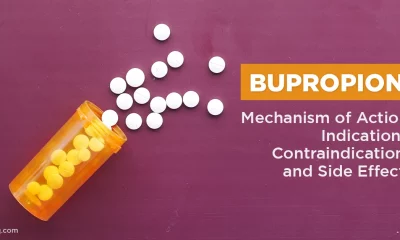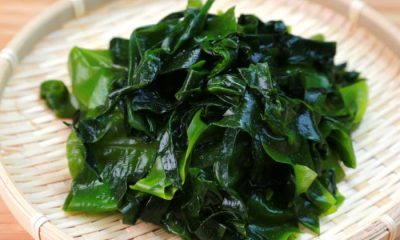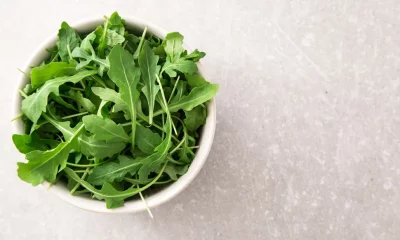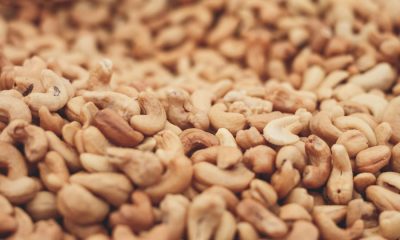Health
11 best foods to lower bad cholesterol (LDL)
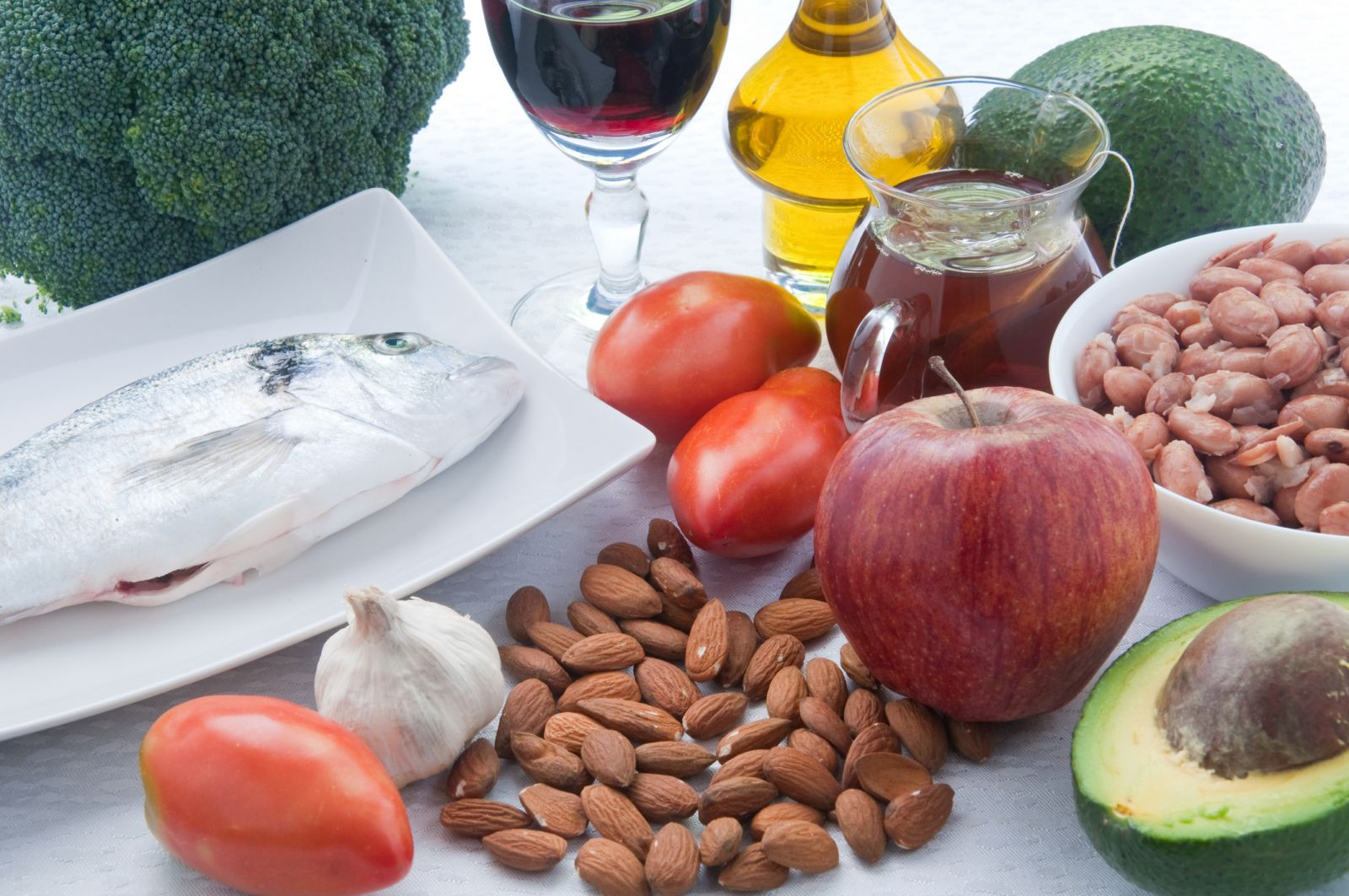
Discover the best 11 foods to lower bad cholesterol (LDL).
Foods and ingredients that, incorporated into the diet, help us fight bad cholesterol.
Cholesterol is a molecule composed of fatty acids that, when found in excessive levels in the blood, can cause heart disease, which is why there is a general concern to lower cholesterol levels.
Exercise, maintaining a healthy weight, not smoking, and adding foods to lower bad cholesterol to the diet are the recommendations that doctors make to counteract this evil.
10 foods that help lower bad cholesterol
For cholesterol to be transported through the blood, it needs lipoproteins; When these are of low density and their levels are excessive, they accumulate in the circulatory system, blocking it, the so-called “bad cholesterol” appears.
On the other hand, if the lipoproteins are of high density, they transport the cholesterol that accumulates in the circulatory system and helps to eliminate it, it is the “good cholesterol”
What foods help lower bad cholesterol levels? Let’s see a few.
1. Oatmeal
It is the food par excellence in the mission of lowering bad cholesterol levels. It contains a fiber that, unlike other cereals, is soluble.
It is recommended to consume three grams of oats daily, and when cholesterol levels are not very high, in a few weeks they will drop considerably.
2. Apple
Eating an apple a day takes care of the arteries, as it reduces the absorption of the fact that other foods provide.
This fruit to a certain extent prevents cholesterol from adhering to the wall of the blood vessels thanks to the fact that it contains flavonoids.
It will also help you fight hypertension and not retain fluids. In short, regularly consuming apples is excellent for lowering blood cholesterol levels.
3. Flax and Chia Seeds
These seeds are a good source of omega 3 and studies show that their consumption reduces cholesterol between 6 and 13%. Chia seeds are also very rich in fiber and antioxidants.
They can be included in salads as the recommendation is that they be consumed without soaking.
4. Egg white
Contrary to the belief that eggs raise blood cholesterol levels, the fatty acids in egg whites help increase good cholesterol. Having two boiled egg whites for breakfast is one of the best food alternatives to lower bad cholesterol.
5. Vegetable oils
Sunflower, olive, or canola oil should substitute for oils of animal origin. These vegetable oils contain polyunsaturated fatty acids.
Accompanying salads or vegetables and fruits with these oils that help lower cholesterol levels is an excellent option.
6. Eggplant
Eggplant is a fruit that contains chlorogenic acid that helps prevent good cholesterol from oxidizing. It also works by absorbing cholesterol in the blood. It should be eaten cooked and whole without removing the skin or the seeds.
Eggplant is a powerful food to lower cholesterol levels; just cut it into large pieces, cook it and consume it to notice results in a short time.
7. Walnuts
Walnuts contain a type of omega 3 that not only increases good cholesterol and reduces bad cholesterol, but also promotes the elasticity of blood vessels, prevents blood clots, and lowers high blood pressure.
It is enough to consume 3 or 4 a day for this seed to lower cholesterol levels. But you should not eat too many, as they contain a lot of fat.
8. Legumes
These are effective foods to lower bad cholesterol because they are a source of soluble fiber that works like a broom, sweeping it away and then eliminating it along with the feces.
But it is not the only function of legumes. When fiber is working, the liver needs more cholesterol to produce more bile salts, thus reducing its concentration.
Lentils, beans, chickpeas, and beans should be consumed regularly to reduce bad cholesterol in the body.
9. Blueberries
These berries increase good cholesterol and reduce blood pressure, artery stiffness, and general inflammation. In general, they are considered an excellent food to take care of the heart and their consumption is excellent for lowering good cholesterol.
Blueberries can be consumed dried or fresh and in either form is food that lowers cholesterol levels.
10. Fatty fish
Faced with a high level of cholesterol in the blood, we must eliminate the consumption of red meat. A good substitute for these is fish such as mackerel, salmon, tuna, sardine, or trout. They can be cooked on the grill.
These foods are rich in omega 3, so they lower blood pressure, prevent blood clotting, and therefore lower total cholesterol.
11. Almonds and chocolate
The surprise on the list of foods that lower bad cholesterol is chocolate. The truth is that the exact combination of almonds and chocolates has proven to be heart-healthy.
Research-backed by the University of Pennsylvania has shown that 20 g of almonds along with ¼ cup of dark chocolate reduce low-density lipoproteins, thereby lowering bad cholesterol.
Health
7 benefits of Macadamia Nuts
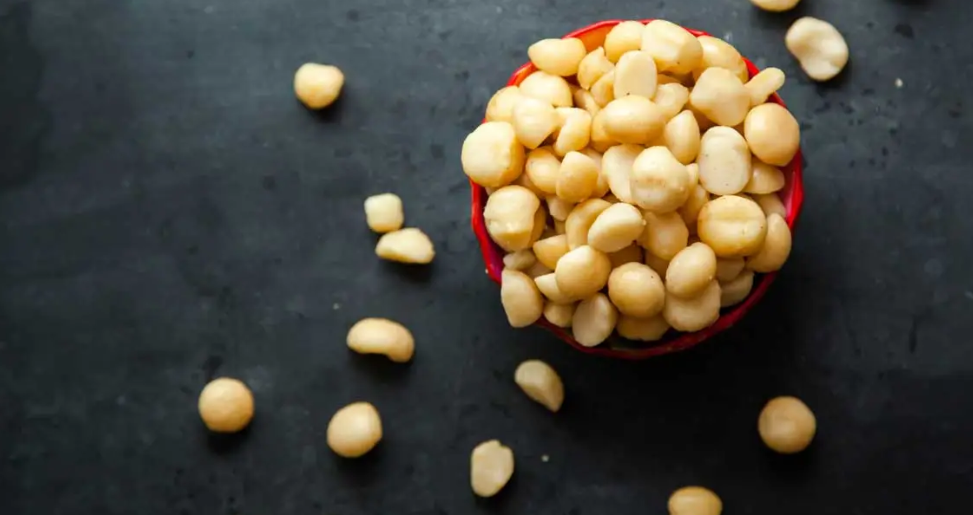
Discover the 7 benefits of Macadamia Nuts.
While almonds may be America’s most popular nut, no one can deny the delicious lure of macadamia nut health benefits; this is a good thing because just like almond nutrition, macadamia nutrition has a powerful effect.
Macadamia nuts are incredible nutrient-packed powerhouses that come from the macadamia tree.
They contain some important essential vitamins and minerals, including vitamin A, iron, B vitamins, manganese, and folate, as well as protein, healthy fats, and antioxidants.
These remarkable nutrients are what give these amazing nuts their bountiful benefits – what benefits? I’m glad you asked.
Benefits of Macadamia Nuts
1.- Good for the heart
Macadamia nuts contain healthy fats that can help keep your arteries in good heart-healthy condition.
Because they are rich in monounsaturated fatty acids, they help lower cholesterol levels and reduce triglycerides, a type of body fat. When we reduce body fat, we can reduce the risk of coronary heart disease.
In a study conducted by the Pennsylvania State University Department of Nutritional Sciences, some subjects were randomly given macadamia nuts and compared to those who were fed a standard American diet.
Throughout the study, those who ate macadamia nuts saw reduced cholesterol levels and healthier heart markers overall, because macadamia nuts are a rich source of monounsaturated fatty acids, they help reduce the risks of risk factors of lipid/lipoprotein cardiovascular diseases.
2.- Fight the disease
Macadamia Nut Benefits Contains flavonoids that help prevent cell damage by protecting cells from environmental toxins; Once these phenomenal flavonoids are in the body, they turn into antioxidants, which is where the energy comes in; Antioxidants have this great job of finding free radicals in our bodies and destroying them, which is how we protect our bodies from disease.
Observations from the Antioxidant Research Laboratory study at the USDA Human Nutrition Research Center suggest that nut consumption is inversely related to the incidence of cardiovascular disease and cancer.
In addition to being nutrient-dense, the numerous phytonutrients contain positive health benefits.
Phenolic acids, flavonoids, and stilbenes help provide helpful antioxidants that can fight diseases like cancer; That’s why nuts, including macadamia, are some of the best cancer-fighting foods you can eat.
3.- Help in weight loss
The good fat content in macadamia nuts can help curb your appetite, not only, but macadamias contain palmitoleic acid; palmitoleic acid can increase fat metabolism, which in turn reduces fat storage.
Macadamia nuts contain a good balance of nutrients and fats, helping you feel satisfied with just a few of them.
Additionally, macadamia nuts contain beneficial dietary fibers that can help you achieve satiety and contain complex carbohydrates such as lignans, hemicellulose, amylopectin, mucilage, gums, and insoluble cellulose that help with digestive issues and reduce pesky hunger pangs.
There is even evidence that nuts like macadamia nuts may have positive effects on the prevention of metabolic syndrome, although more research is needed to validate this belief.
4.- Supports the intestine
Containing soluble and insoluble dietary fiber, macadamia nuts help you feel full while removing toxins from the body and aiding in good digestion.
As a food rich in copper, the macadamia nut helps with the efficient utilization of iron and supports the correct enzymatic reactions.
5.- Strengthens the bones
Macadamia nuts are abundant in phosphorus, manganese, and magnesium, all of which aid in the mineralization of bones and teeth and the transport and absorption of nutrients.
We know that calcium aids in the formation of teeth and bones, while manganese helps the body lay down new bone tissue when needed so that bones stay strong as we age.
Another important fact is that kidney disease affects the body’s ability to absorb calcium and manganese, which can lead to bone disease.
The manganese found in macadamia nuts can help keep your bones strong and fight kidney disease at the same time.
6.- Keeps the brain and nervous system on point
The copper, vitamin B1, magnesium, and manganese found in macadamia nuts help generate healthy neurotransmitters, which are the important chemicals that brain cells need to send signals to the brain.
Macadamia nuts are also high in oleic acid, which supports brain health, and contain palmitoleic acid, which helps protect nerve cells in the brain, thus contributing to healthy brain function.
Also, the macadamia contains omega-9, and as we know, omega-9 benefits the brain in many ways, for starters, it can help improve mood, an obvious function of the brain, plus it can help improve memory and avoid neurological diseases, for example, memory performance in normal naïve mice was evaluated in a study showing that erucic acid may be a therapeutic agent for diseases associated with cognitive deficits, such as Alzheimer’s disease.
This means that you can add improved memory and cognitive function to the list of omega-9 benefits and the benefits of macadamia nuts.
7.-Reduces chronic inflammation and arthritis symptoms
Omega -6 fatty acids may provide some nutritional benefits, but most people consume too much; when we have too many omega-6 fatty acids it can cause an increase in chronic inflammation in the body, that’s problematic because we know that inflammation is at the root of most diseases, like arthritis, cancer, heart disease, diabetes and more.
One study attempted to test the ability of a panel of Australian plants, including macadamia, with a history of treating rheumatoid arthritis, and concluded that it was beneficial.
The researchers noted that the “low toxicity of these extracts and their inhibitory bioactivity against Proteus spp indicate their potential to block the onset of rheumatoid arthritis.” That means macadamia nuts are a good addition to any arthritis diet treatment plan.
Most nuts have more omega-6 than omega-3 forms, but macadamia nuts are lower in omega-6; That doesn’t mean you should go overboard.
But by watching your intake of omega-6 fatty acids and having a few macadamia nuts each week, you can add protein, fiber, vitamins, and minerals to your diet without adding too much inflammation, causing omega-6s to give you an idea of the differences, pecans contain 3.7 grams of omega-6 per 100 grams, almonds 3.4 grams and cashews 2.2 grams compared to macadamia which comes in at 0.36 grams.
Nutritional rate of Macadamia nuts
While the macadamia nut may be higher in fat and contain more calories, it is lower in omega-6, as noted above, than other nuts; it also contains an impressive amount of nutrients, most notably an incredible 58 percent of the recommended daily value of manganese in a small serving.
One ounce of raw macadamia nuts contains approximately:
• 203 calories
• 4 grams of carbohydrates
• 2.2 grams of protein
• 21.4 grams of fat
• 2.4 grams of fiber
• 1.2 milligrams of manganese (58 percent DV)
• 0.3 milligrams of thiamin (23 percent DV)
• 0.2 milligrams of copper (11 percent DV)
• 36.7 milligrams of magnesium (9 percent DV)
• 1 milligram of iron (6 percent DV)
• 53.1 milligrams of phosphorus (5 percent DV)
• 0.1 milligrams of vitamin B6 (4 percent DV)
Origin and History of Macadamia Nuts
• Macadamias are contained with a hard seed coat that is encased in a green shell; then splits open when the nut ripens, while the macadamia is probably better known as hailing from Hawaii, did you know two seedlings were planted in the 19th century on the University of California Berkeley campus that still stand today? It is true! However, macadamia is native to Australia.
• The macadamia nut has a creamy white kernel made up of 65 percent to 75 percent oil and 6 percent to 8 percent sugar, when roasted it becomes more consistent in both color and texture. some seed coats are smooth, and some are rougher and pebbled; at the same time, some are more suitable for the home garden, while others are more suitable for commercial production.
• You may have heard of macadamia also called Mauna loa. Mauna Loa is the largest volcano on earth located in Hawaii, and Mauna Loa, now a brand name, became one of the first macadamia plantations to be developed in Hawaii.
• In addition to being called macadamia nuts, these nuts are also commonly known as the Australian walnut and the Queensland walnut; many species are poisonous; however, there are two edible species; one is the smooth-shelled macadamia or macadamia integrifolia, and the other is the hard-shelled macadamia or M. tetraphylla.
• Growing near streams and riverbanks in tropical rainforests, macadamia integrifolia is native to southeastern Queensland, while tetraphylla is native to southeastern Queensland and northeastern New South Wales. At the point where the two species meet, some types appear to be natural hybrids.
• This nut arrived in Hawaii around 1881, used primarily as an ornament and for reforestation. In 1948, the Hawaiian Agricultural Experiment Station named and introduced several promising selections, leading to the modern macadamia industry for which Hawaii is famous.
Hawaii brought the macadamia tree to California in the mid-20th century. Australia, South Africa, and Central America also depend on the value of macadamia. Macadamias prefer a temperate, frost-free climate with plenty of rain, similar to the way coffee beans grow best.
How to store and roast macadamia nuts?
Be sure to store your macadamias in a cool place, like the refrigerator or cupboard. However, it is important to ensure that they do not contain moisture to maintain the benefits of macadamia nuts.
If you prefer them toasted, here’s what to do:
• Preheat your oven to 225-250 degrees F.
• Arrange the nut meats (the actual edible part of the nuts, not the shells) on a cookie sheet. It’s best to roast similar-sized pieces for consistency.
• Simply toast for about 10 minutes, keeping an eye on them as oven temperatures can fluctuate.
• Remove from oven as soon as they start to turn slightly brown.
• Allow them to cool down.
• Store in a tightly closed container.
Precautions
• Macadamia nuts are certainly a delicious and healthy choice, but keep portions in mind. Keep an eye on the ingredients when you buy them, as many nuts have been covered in preservatives, oils, and tons of salt. They are also rich in phosphorous, which is important for anyone who may be dealing with kidney problems.
• Also, be aware of common nut allergies. If you have a nut allergy, you should avoid macadamias.
Final Thoughts on the Benefits of Macadamia Nuts
• Macadamia nuts contain some important essential vitamins and minerals, including vitamin A, iron, B vitamins, manganese, and folic acid, as well as protein, healthy fats, and antioxidants.
• These nuts are good for the heart, fight disease as antioxidant-rich foods, aid in weight loss, support gut health, strengthen bones, keep the brain and nervous system sharp, reduce chronic inflammation, and treat arthritis.
• Be sure to store your macadamias in a cool place, like the refrigerator or cupboard. However, it’s important to make sure they don’t contain any moisture, you can also grill your own.
Health
8 benefits of ginger juice
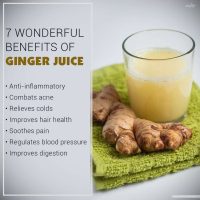
Table of Contents
Discover the 8 benefits of ginger juice.
The properties of ginger juice for health are innumerable since ginger provides benefits to the body in multiple ways and offers a boost to the immune system, in addition to contributing vitamins and minerals among other great benefits.
Making ginger juice is very easy and practical. Learn how to make it to take daily and keep diseases at bay by following the instructions below
With its spicy flavor and exotic aroma, ginger can be associated with Thai curry mixes or fried foods typical of traditional Southeast Asian cuisine.
As if this were not enough, it is now known that ginger is a very good nutritional source that when reduced to juice and added to regular vegetable or fruit smoothies, is capable of increasing the nutrient content while incorporating a rich spicy touch.
Pure ginger juice is too bitter and pungent to consume on its own, so try mixing it with juice from fresh apples or carrots. 250 grams of ginger root are needed to prepare 2 ounces of fresh ginger juice.
Combining ginger with lemon gives it detoxifying power . You can try several combinations to find your flavor or vary.
Nutrients provided by ginger juice
Potassium
Potassium is an essential mineral and electrolyte that contributes to building muscle and protein. It helps maintain the electrical activity of the heart, regulates your body’s acid-base balance, and breaks down carbohydrates into usable energy.
A 2-ounce serving of ginger juice contains 1,038 milligrams of potassium, which is 22% of the recommended daily intake for adults.
niacin
One of the members of the B vitamin complex is niacin, which is also known as vitamin B-3. As with all B vitamins, niacin is involved in keeping your skin, hair, eyes, and liver healthy.
It also contributes to the processing of fats and proteins and supports the nervous and immune systems.
Niacin allows the body to produce anti-stress hormones, not to mention that it improves blood circulation. A 2-ounce serving of ginger juice contains about 2 milligrams of niacin.
This is nearly 12.5% of the RDA for adult men, 14% of the RDA for adult women, and nearly 11% of the RDA for pregnant and lactating women.
Phosphorus
Phosphorus is found in every cell of your body, although most of it is concentrated in the bones and teeth, as it provides strength and is involved in their construction. Phosphorus is an essential mineral that helps the body break down carbohydrates and fats.
It also acts in the production and maintenance of cells and tissues. A 2-ounce serving of fresh ginger juice contains just over 12% of the recommended daily intake of phosphorus for adults (this equates to 85 milligrams of phosphorus per serving).
Vitamin C
A natural antioxidant, vitamin C is the ingredient that allows cells to defend themselves against free radicals and environmental toxins, which can cause premature aging and cell death.
Vitamin C also plays an important role in the production of collagen, which is used to repair and produce tendons, cartilage, bones, ligaments, and blood vessels. A 2-ounce serving of ginger juice contains 12.5 milligrams of vitamin C.
This is almost 14% of the Dietary Reference Intake or DRI for adult men, as well as just over 16% of the DRI for adult women, almost 15 percent of the DRI for pregnant women, and 10% of the DRI for women who are breastfeeding.
Benefits of ginger juice
1.- Boosts the immune system. And it keeps you further away from colds and flu, plus it’s a natural antibiotic.
- Ginger juice prevents cancer. Studies have shown that ginger is effective in treating cancer, especially preventive in ovarian cancer.
- For patients with Irritable Bowel Syndrome. Helps calm irritable bowel symptoms.
- Against Alzheimer’s. Consuming ginger daily helps slow down the death of brain cells.
- Stimulates the appetite. Ginger stimulates appetite and can also suppress it, making you feel full at times, which contributes to weight loss.
- For tired muscles. It can help muscles recover faster and more efficiently after exercise.
- Keep blood glucose in balance. Reduces high blood glucose levels.
- Helps lose belly fat. Ginger is extremely helpful in losing extra weight in a very short time and is even more effective than numerous drugs and supplements offered on the market which are loaded with chemicals.
Drink this juice daily. For fast effects of losing excess fat, drink daily for 6 months.
Benefits of ginger juice for arthritis and osteoporosis
Ginger juice has positive effects on osteoarthritis and rheumatoid arthritis, due to its high content of gingerol, a natural anti-inflammatory compound that inhibits the production of a nitrogen molecule called nitric oxide, which can form peroxynitrite, a powerful free radical and detrimental to health, plus ginger juice is effective in relieving morning stiffness.
Fresh ginger is a popular marinade as it contains enzymes that help tenderize meat by breaking down its proteins. While some of the marinade recipes use minced or grated ginger, others call for freshly squeezed ginger juice.
In addition to marinades, ginger juice is also used to flavor sauces.
How to make ginger juice
Ingredients
•fresh ginger
•Grater or juicer
•cheese cloth
•Container to collect the juice
There are two ways you can extract ginger juice. It can be through the grater or a juicer.
Instructions
•Take some ginger and rinse thoroughly. Now she begins to peel off the skin. If the ginger is fresh it will be quite easy to peel it. You can even peel with a teaspoon. Peeling is not required. It’s your choice.
•Take the ginger pieces and grate them using the grater with the smallest holes. The grater should fit the edge. This will make your work easy and comfortable.
•Scoop up all the grated ginger and place it in the center of the cheesecloth. Wrap up the gauze properly.
•Now squeeze the ginger into the cloth or you can also twist the cheesecloth until the ginger juice starts to come out.
•Crush it or twist it harder to extract more juice. Make sure you have a container handy to collect the juice.
•Once the maximum ginger juice has been extracted, then the cheesecloth can be opened to remove the dried grated ginger.
•The juice collected in the container is the ginger juice you want.
•Nothing goes in the trash. Even the dried grated ginger obtained can also be used for making dishes, tea, or any personal use.
•This dried ginger obtained will not be as strong as fresh ginger, since you have extracted the juice from it. But even so, the essence remains.
Ginger juice using a mixer
The process remains the same. Here you put the ginger pieces with a small amount of water in the blender. It is mixed for a few minutes.
Once you have finished, put everything on the cheesecloth, taking care to do everything on a container already prepared so as not to waste the juice that has already been made.
Squeeze and twist the cloth so that the ginger juice can be collected over the container.
The dried ginger that remains after juicing can be reused as discussed above.
How to take ginger juice
Ginger juice can be a bit spicy if you are not used to it. You can add a little honey to take it by adding a little more water to further neutralize the flavor and make it lighter.
You can also make something more complete by adding apple juice, orange juice, or any other vegetable juice, for example, cucumber juice, carrot juice, celery juice, or a combination of all of them. To do this, you can pass the ginger directly through the extractor when you are extracting the juice from the other fruits or vegetables.
The result will be something delicious and you can’t imagine how healing! Take it in the morning on an empty stomach and you will take advantage of all its benefits.
Health
4 Benefits of sodium in the body
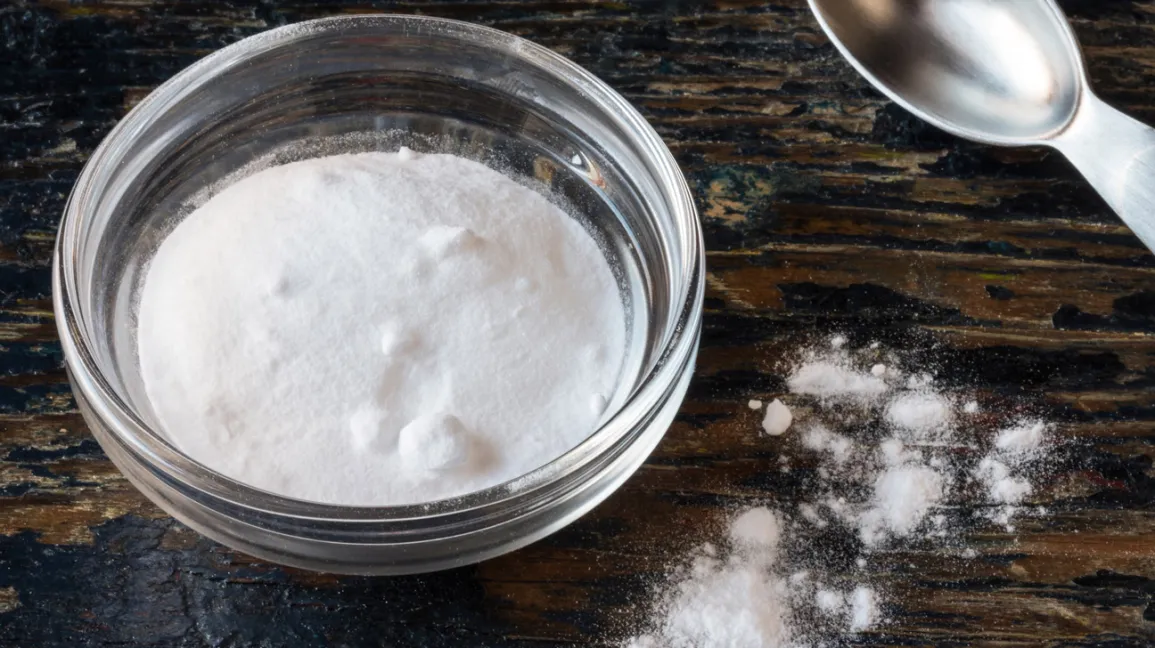
Table of Contents
-

 Food5 months ago
Food5 months ago10 + Benefits of carrot juice and side effects
-

 Food5 months ago
Food5 months ago8 shocking benefits of leek juice and side effects
-
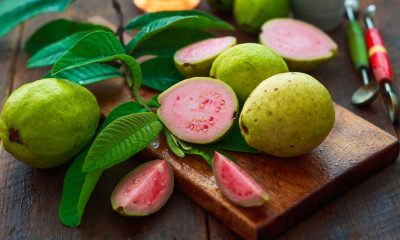
 Health5 months ago
Health5 months agoBenefits of guava leaves Sensually
-
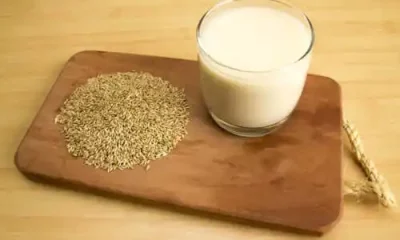
 Health5 months ago
Health5 months ago10 shocking health benefits of Canary seed milk
-
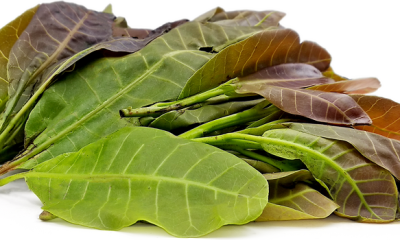
 Health5 months ago
Health5 months ago7 health benefits of cashew leaves and side effects
-
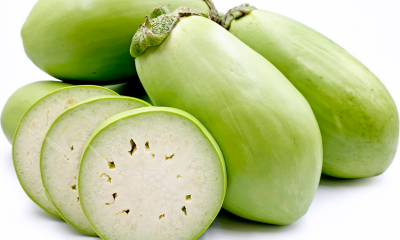
 Health5 months ago
Health5 months ago13 shocking health benefits of Thai eggplant
-

 Weight Loss5 months ago
Weight Loss5 months agoKelly Osbourne weight loss 2022
-
Weight Loss5 months ago
Chrissy Metz Weight Loss Secret (2022)

